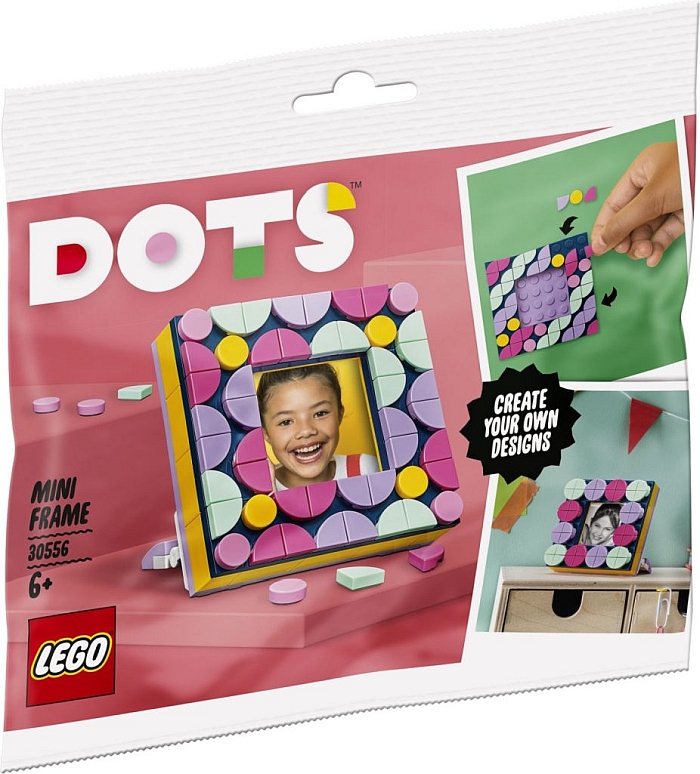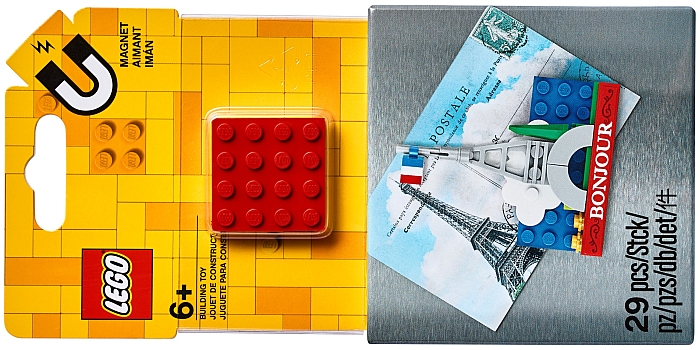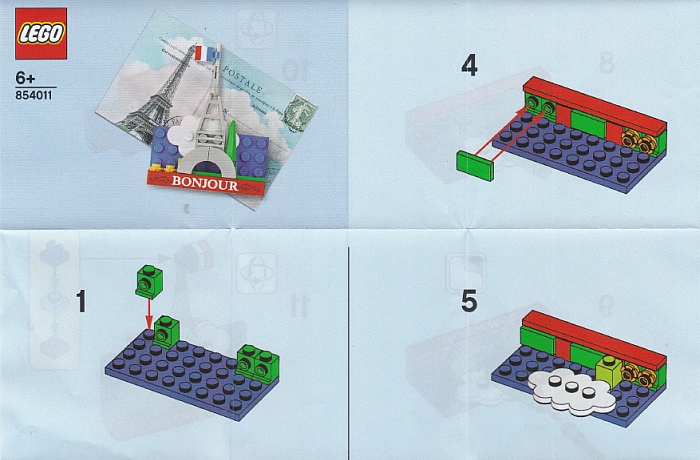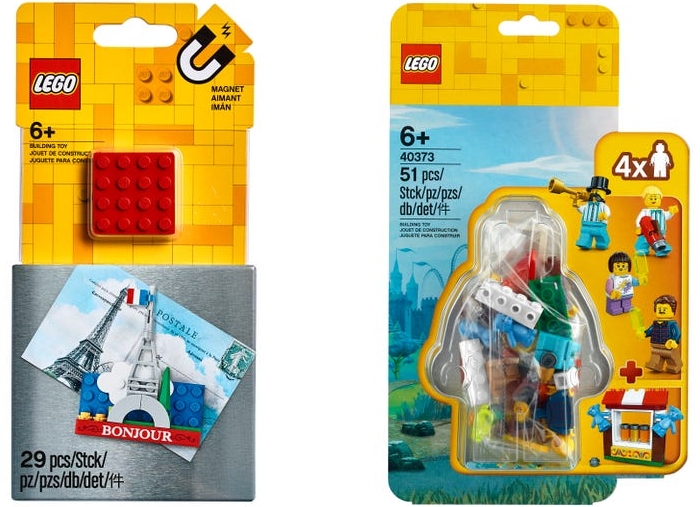Just a little reminder that the free #40370 LEGO Trains 40th Anniversary Set promotion with purchases of $99 or more is expiring this Sunday (the 15th). We did a review on this awesome train set previously (see: LEGO Trains 40th Anniversary Set Review), but to recap, it’s an almost exact replica of the #7810 LEGO Push-Along Steam Engine from 1980. Although it’s on a display-stand, it is a fully functional train engine that can run on standard LEGO train tracks, and could even be motorized and coupled with train cars with some very basic modifications. If you would like to take advantage of this offer before it expires, visit the Online LEGO Shop.

Another freebie you can take advantage until March 22nd, is the free #30556 LEGO DOTS Mini Frame with purchases of $35 or more. You can stack this offer with the free LEGO train, and get both at the same time at official LEGO stores and the Online LEGO Shop.

Speaking of LEGO DOTS, this new arts and crafts building concept is proving to be very popular. With tons of small pieces in a rainbow of colors (and even some beautiful printed pieces!) it is delighting old LEGO fans and also bringing new fans into the LEGO hobby. Most of the sets are on backorder, meaning shipping is going to be delayed some, but you can still get them at the LEGO DOTS section of the Online LEGO Shop.

In addition to the above-mentioned freebies, you can also get double VIP Points on two new LEGO Technic sets until the end of the month; the #42105 LEGO Technic Catamaran, and the #42108 LEGO Technic Mobile Crane. Just so you know, the Catamaran can float! The Mobile Crane is a set I’m building right now with a couple of friends, and so far it’s really impressive. It’s a challenging build, with 8-wheel steering (very cool!), four individually controlled outriggers, two cabins, and a super high 30” (78cm) crane arm. You can find both sets at the LEGO Technic section of the Online LEGO Shop.

What do you think? Are you planning to take advantage of any of the special offers and promotions this month? Or have you done so already? What did you get? Feel free to share and discuss in the comment section below!
And you might also like to check out the following related posts:
- LEGO Trains 40th Anniversary Set Review
- LEGO Dots for Arts & Crafts Coming!
- March 2019 – New LEGO Sets & Promotions
➡ LEGO SHOP IN USA: Online LEGO Shop USA
➡ LEGO SHOP IN CANADA: Online LEGO Shop Canada
➡ LEGO SHOP IN UK: Online LEGO Shop UK

















